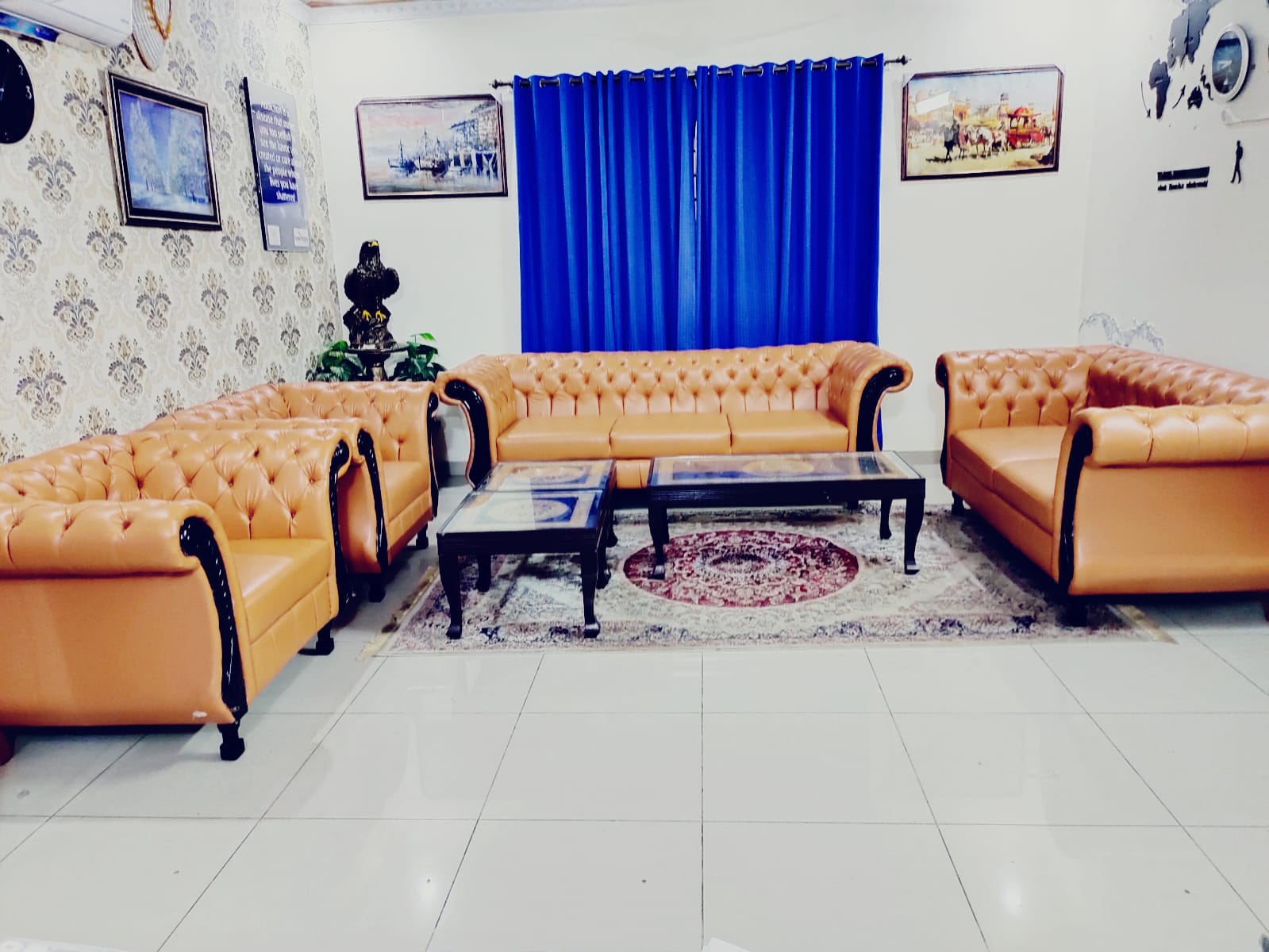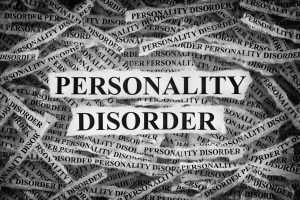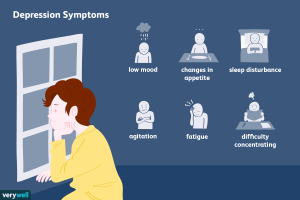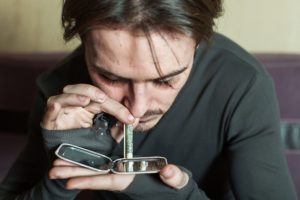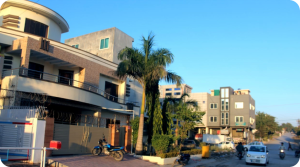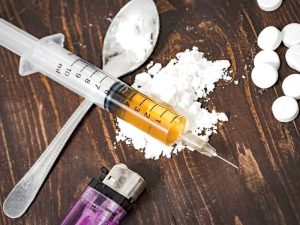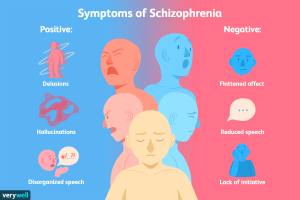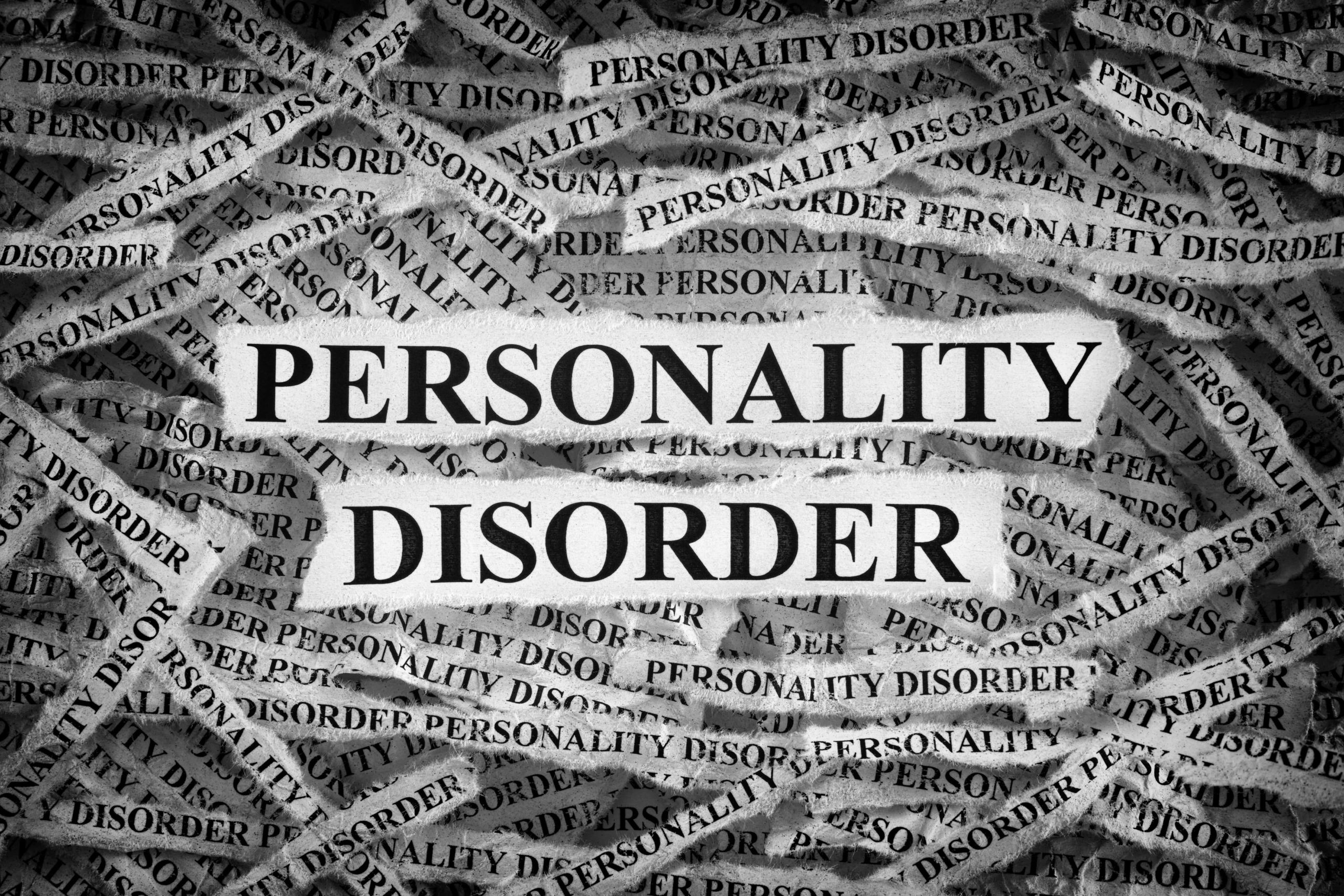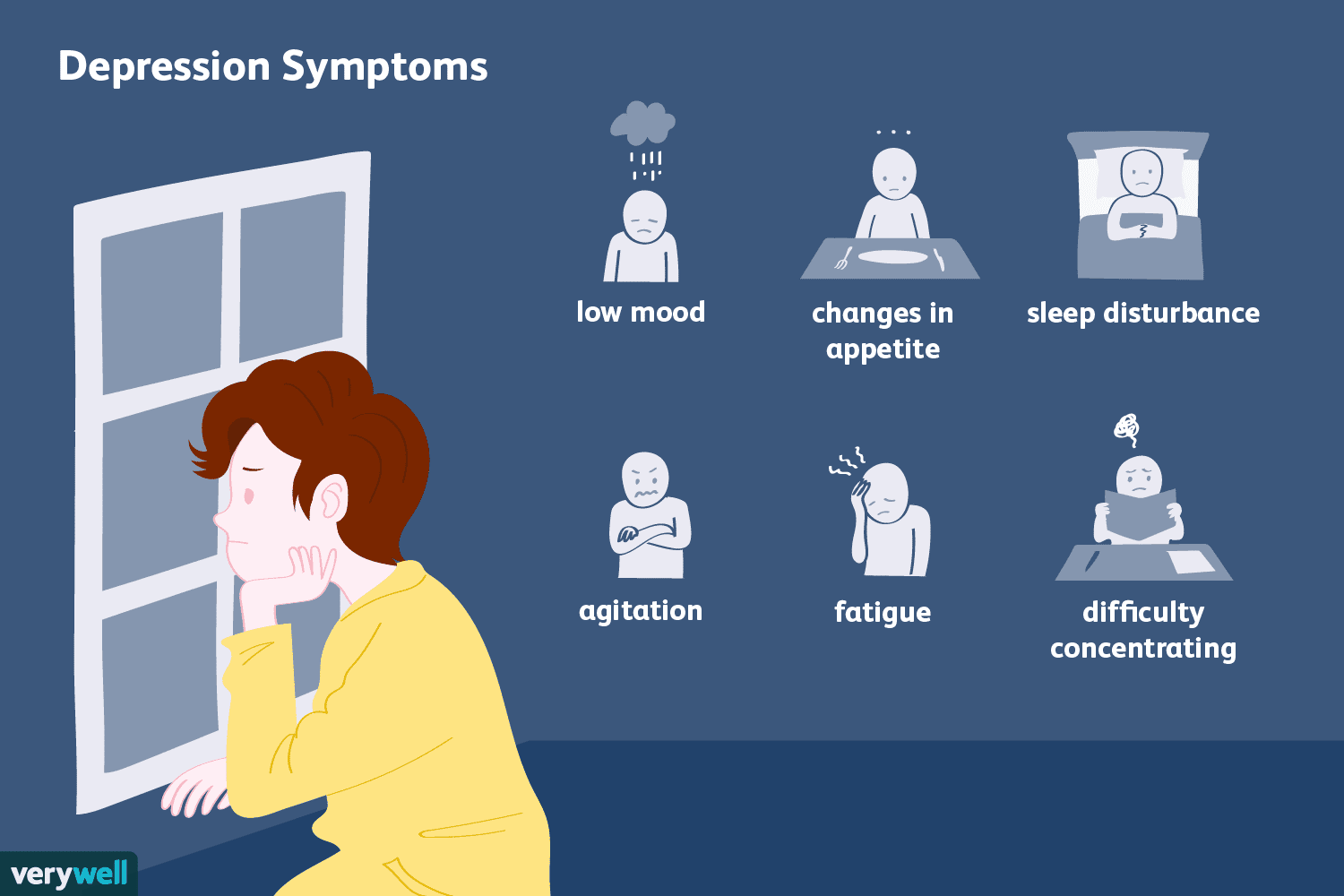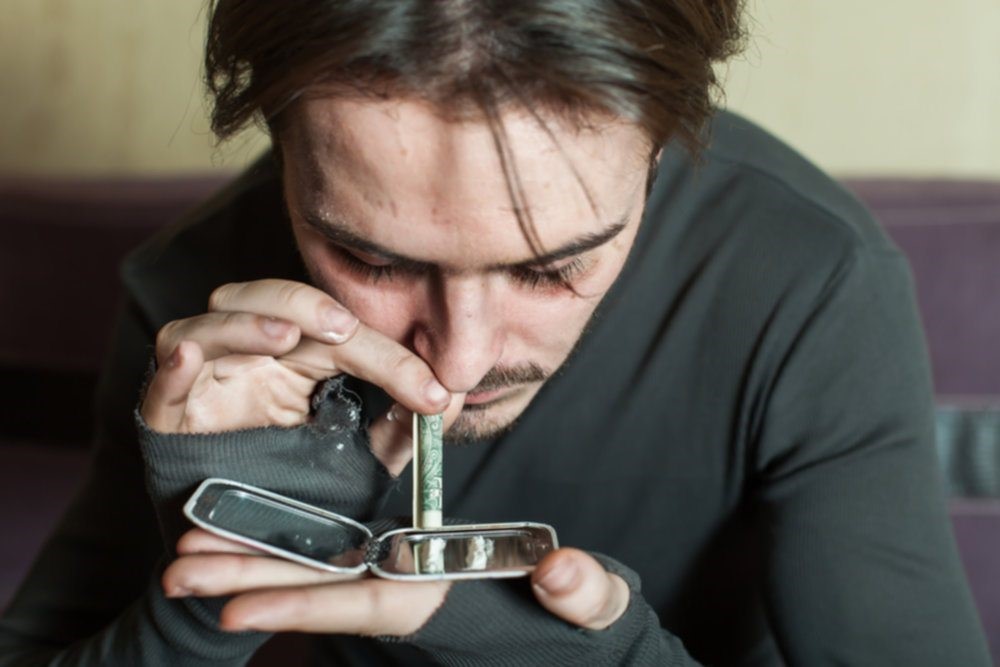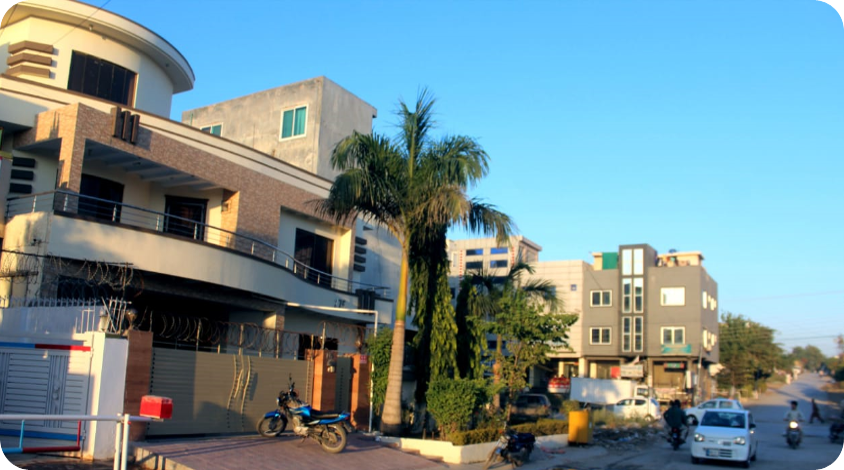New Hope Rehab is a Luxury Rehabilitation Centre in Islamabad
New Hope Rehab is a luxury rehabilitation centre in Islamabad. It is completely leading addiction treatment centre in Islamabad. The centre offers a wide range of treatments and services for addiction, including detoxification, rehabilitation and relapse prevention. New Hope Rehab is committed to providing the highest quality of care and treatment to its patients. The centre has a team of experienced and qualified professionals who are dedicated to helping patients overcome their addiction and lead a healthy and productive life. New Hope Rehab offers a variety of programs and services that are designed to meet the individual needs of each patient. The centre also provides a wide range of support services to its patients, including family counseling, group therapy, and 12-step programs. New Hope Rehab is a safe and supportive environment where patients can get the help and treatment they need to overcome their addiction.
The Alcoholic Treatment Centre in Islamabad – Why It’s Necessary
When it comes to addiction, there is no one-size-fits-all solution. Every individual is different, and so is every addiction. That’s why it’s important to find a treatment centre that can cater to your specific needs.
The Alcoholic Treatment Centre in Islamabad is a world-renowned centre that specializes in treating alcoholism. With over 30 years of experience, the team at the centre has helped countless people overcome their addiction and live a sober life.
Here are some of the reasons why the Alcoholic Treatment Centre in Islamabad is the best choice for you:
1. The team at the centre is highly experienced and knowledgeable.
2. The centre offers a wide range of treatment options, so you can find the one that best suits your needs.
3. The centre is located in a beautiful and peaceful setting, which is perfect for healing and recovery.
4. The staff at the centre are warm and welcoming, and they will make you feel right at home.
5. The centre offers a variety of amenities and facilities, so you can have everything you need for a comfortable and enjoyable stay.
If you or someone you know is struggling with alcoholism, don’t hesitate to reach out to the Alcoholic Treatment Centre in Islamabad. With their help, you can overcome your addiction and start living a sober, healthy life.
The Drug Addiction Treatment Centre in Islamabad – The Services Offered
New Hope Rehabilitation Centre in Islamabad is a world-class facility that offers a wide range of services to its patients. The centre is equipped with the latest technology and equipment to provide the best possible care to its patients. The staff at the centre is highly trained and experienced in the field of addiction treatment. The centre offers a wide range of treatment programmes to its patients, which are designed to meet the individual needs of each patient. The centre also provides a wide range of support services to its patients, which include counselling, group therapy, and family support. The centre also offers a wide range of recreational activities to its patients, which helps them to relax and unwind.
The Benefits of a Luxury Rehabilitation Centre in Islamabad
Islamabad is the capital city of Pakistan and is home to a number of luxury Rehabilitation Centers. These centers offer a wide range of facilities and services to their clients, which include treatment for substance abuse, mental health disorders, and eating disorders.
The benefits of a luxury Rehabilitation Centre in Islamabad are:
1. They offer a wide range of facilities and services:
The luxury Rehabilitation Centers in Islamabad offer a wide range of facilities and services to their clients. These include detoxification, individual and group therapy, relapse prevention, and aftercare services.
2. They have a team of experienced and qualified staff:
The staff at the luxury Rehabilitation Centers in Islamabad is experienced and qualified. They are well-trained to handle all kinds of clients and provide them with the best possible care.
3. They use the latest technology and equipment:
The luxury Rehabilitation Centers in Islamabad use the latest technology and equipment. This helps them to provide the best possible care to their clients.
4. They offer a wide range of amenities:
The luxury Rehabilitation Centers in Islamabad offer a wide range of amenities to their clients. These include private rooms, fitness centers, swimming pools, and spas.
The Cost of a Luxury Rehabilitation Centre in Islamabad – Is It Worth It?
If you are considering seeking treatment at a luxury rehabilitation centre, you may be wondering what the cost might be. While the cost of a luxury rehabilitation centre in Islamabad can vary depending on the specific centre and the services they offer, it is generally more expensive than treatment at a standard rehabilitation centre.
There are a number of factors that contribute to the higher cost of treatment at a luxury rehabilitation centre. First, luxury centres tend to offer a higher level of care than standard centres. This means that they have more staff and more resources, which drives up the cost.
Second, luxury rehabilitation centres often offer a more comprehensive range of services than standard centres. This can include things like private rooms, access to amenities like a gym or pool, and a higher level of care from staff.
Finally, luxury rehabilitation centres are often located in more expensive areas than standard centres. This means that the cost of rent and other overhead costs is higher.
So, is it worth it to seek treatment at a luxury rehabilitation centre? That depends on your individual needs and circumstances. If you feel that you would benefit from a higher level of care and a more comprehensive range of services, then the cost may be worth it. However, if you are on a budget, you may want to consider a standard rehabilitation centre.

